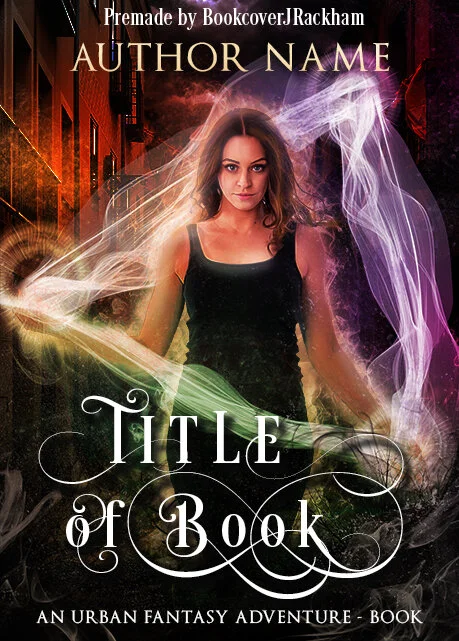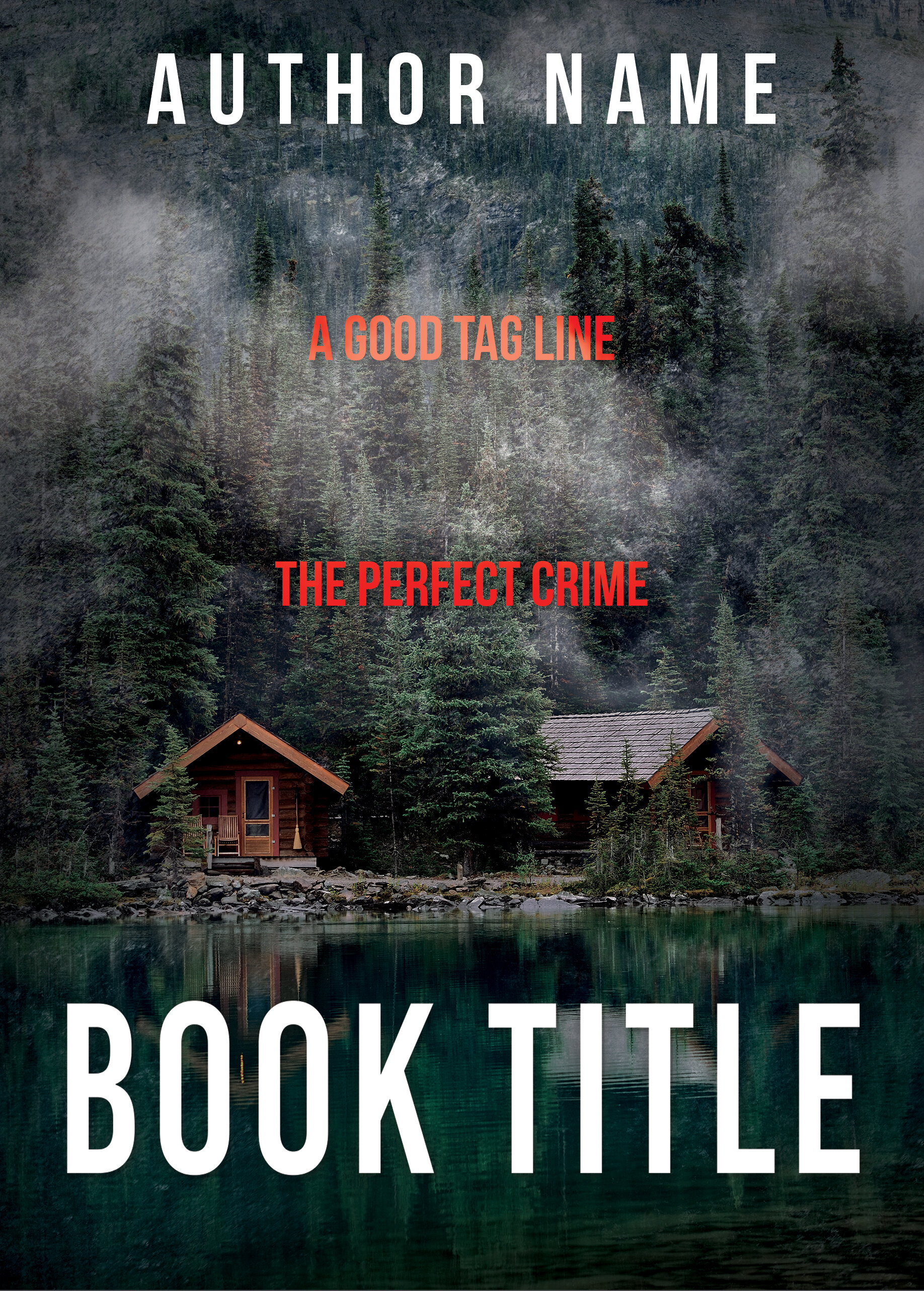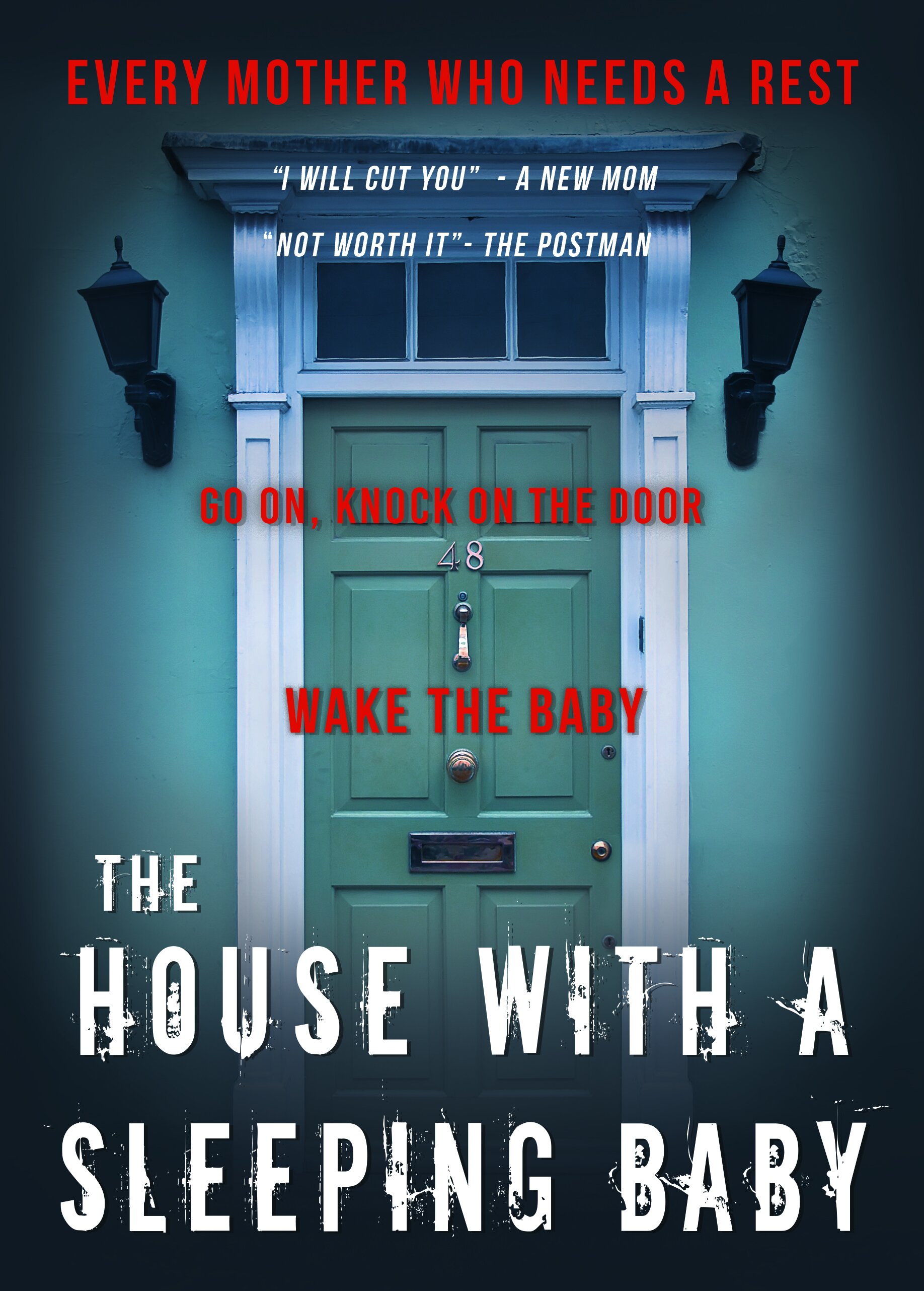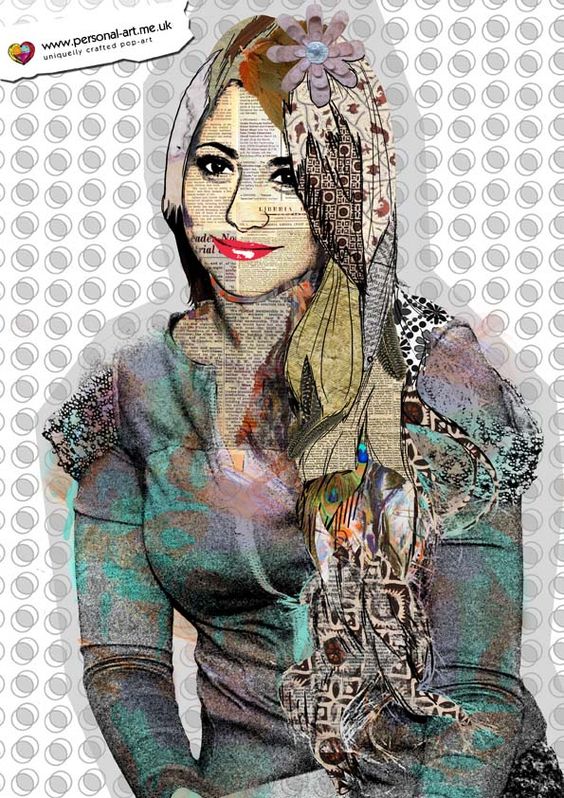Yes you can tell I’ve been doing a bit of Book Covers rather than writing.
What’s up with Barcodes?
Barcodes have information about your book for stores to scan. Usually it’ll be your ISBN number, and if you see a 5 digit number next to that, that gives pricing info. (usually you’ll see 90000 which means no price details in this barcode)
So when you publish your book, you’ll need an ISBN number.
You can get this in various ways. Depends on your country. Best way to find out is to google how to get ISBN number in your area. For example, in my country you can get a free one as long as you give a copy of the book to the national library.
And… how does this relate to my book cover?
(Why do I always make these questions sound so… sassy?)
Let’s keep it simple. Do you have a barcode? (You can get one by providing your ISBN number to various online pages), then give that to your book cover artist.
Follow this step:
Do you have a ISBN number?
Yes No
Is it a Free KDP one? Either stop here? Or get one/ free one from KDP
Cool you can ONLY use that
ISBN/Barcode for KDP.
If you want to publish at
local printer or Ingram,
you gotta get your own.
Give your ISBN number to your Cover Artist.
Tell them whether you want them to get a Barcode for you and put it in a specific place. If you don’t, KDP will slap it on for you automatically on the bottom right corner at the back of the book.
Simple!
























